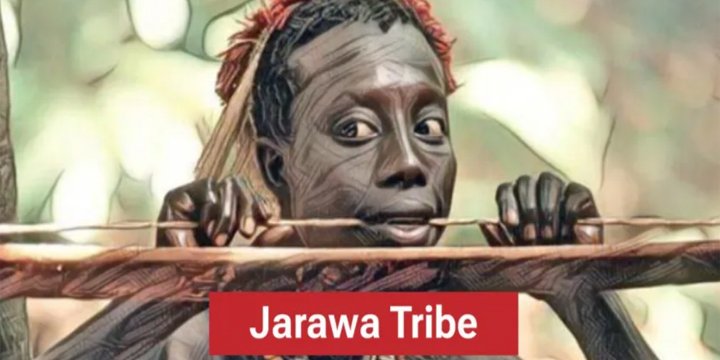REACHING JARAWA TRIBES FOR CENSUS
Context
- The Central Government has announced the 16th Census of India, to be conducted in 2 phases:
- October 1, 2026 – for areas like the Andaman & Nicobar Islands (A&NI)
- March 1, 2027 – for the rest of India
- This census will include the first nationwide caste enumeration since 1931.
- Experts like Ratan Chandra Kar believes reaching tribes like the Jarawa will be feasible due to prior successful contact and welfare measures.
JARAWA TRIBE: AN OVERVIEW
Ancient Community
- The Jarawas are among the oldest surviving tribes, residing in the Andaman Islands for approximately 55,000 years.
Lifestyle
- They are nomadic hunter-gatherers, living in bands of 40–50
- Their habitat includes dense forests, mangroves, and coastal zones in the South and Middle Andaman Islands.
Health Profile
- Free from lifestyle diseases like diabetes, hypertension, heart conditions.
- Normal deliveries and a life expectancy of 50+ years.
- Use their own natural medicinal practices and possess strong immunity.
Classification
- Recognized as a Particularly Vulnerable Tribal Group (PVTG).
HISTORICAL CONTACT
Initial Contact (1998)
- Initiated by Ratan Chandra Kar, a physician who played a central role in establishing trust with the tribe.
Measles Outbreak (1999)
- A major health crisis was averted due to Dr. Kar’s medical intervention.
POPULATION GROWTH
- 1998: Estimated at 260 individuals (approximate figure).
- 2011 Census: 380 Jarawas recorded out of 28,530 STs in A&NI.
- 2025: Population reached 647, considered a much more accurate count.
Reasons for Growth
- Government’s “meaningful contact” strategy helped in:
- Winning trust
- Developing friendly relations
- Using satellite imagery and close contact for accurate estimation
HEALTHCARE & WELFARE MEASURES LEADING TO TRUST
Sustained Medical Care
- Government provided continuous, proactive healthcare.
- Managed diseases like measles, malaria, conjunctivitis, mumps, hepatitis with minimal mortality.
Non-Interference Policy
- Key approach: Healthcare without disrupting the Jarawas’ traditional practices.
- This policy has helped in building long-term trust.
Facilitating the Census
- Due to this trust, officials expect smooth access to Jarawa areas during the 16th Census.
OTHER INDIGENOUS TRIBES OF A&N
- 6 main tribes:
- Great Andamanese
- Onge
- Jarawa
- Sentinelese
- Nicobarese
- Shompen
- PVTG Classification:
All except the Nicobarese are designated as Particularly Vulnerable Tribal Groups.
CHALLENGES IN PVTG POPULATION ESTIMATION & SCHEME DELIVERY
Estimation Difficulties
- The Ministry of Tribal Affairs struggles to accurately estimate PVTG populations in A&NI.
PM-JANMAN Scheme
- Launched to benefit PVTG households.
- So far, only 191 individuals identified in A&NI — highlighting the difficulty in reaching all beneficiaries.
IMPACT OF ANDAMAN TRUNK ROAD & WAY FORWARD
Dual Nature of ATR
- Serves as a lifeline for residents across South, Middle, and North Andaman.
- However, it increases proximity between Jarawas and local settlers, risking cultural intrusion.
Expert Recommendation – Dr. Kar
- The best survival strategy for Jarawas is minimal intervention.
- Traffic regulation on the ATR is essential to prevent unwanted contact.
- Modern medicine should supplement, not replace, their natural healthcare system.
Note: Connect with Vajirao & Reddy Institute to keep yourself updated with latest UPSC Current Affairs in English.
Note: We upload Current Affairs Except Sunday.

